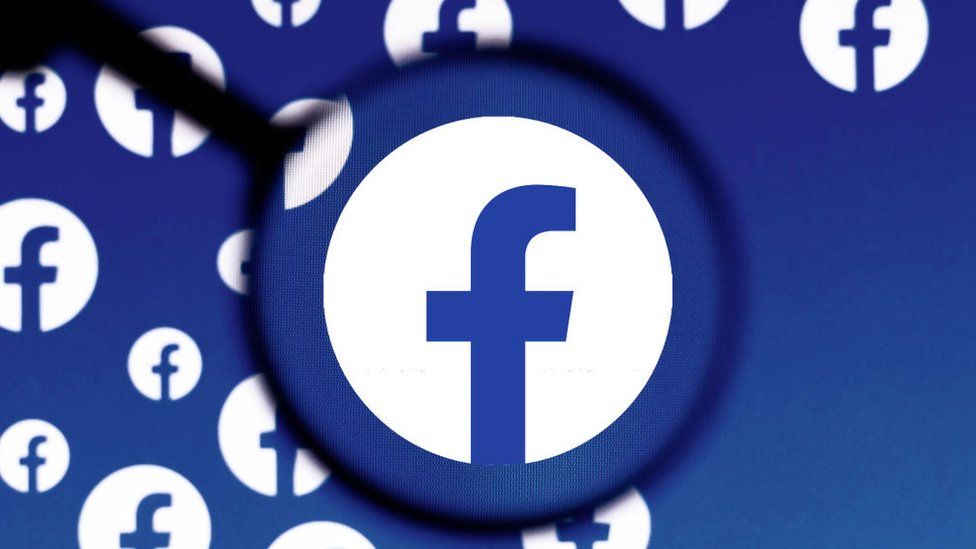On August 10, the Senate, in a historical 69-30 vote, approved a $1 trillion bipartisan infrastructure bill. Also known as the Infrastructure Investment and Jobs Act, the bill aims to “revitalize America’s infrastructure and give our workers, our businesses, our economy the tools to succeed in the 21st century,” as described by Senate Majority Leader Chuck Schumer (D-NY) But while it successfully passed the Senate, the bill still needs to pass the House of Representatives and be signed by President Joe Biden. Biden, whose party had attempted to dissuade him from the bipartisan talks, has insisted that he should have Republican support for at least some part of his broader infrastructure and jobs agenda. He commended the 19 Republican senators, including Senate Minority Leader Mitch McConnell (R-KY), who had supported the bill, remarking that “[they] showed a lot of courage.” Former President Donald Trump had expressed criticism of the bill, calling it “the beginning of the Green New Deal.” Sen. Rob Portman (R-OH), a Republican negotiator, had contrarily praised the bill and its goals. “Everyone involved in this effort should be proud of what this body has achieved today,” said Portman on the Senate floor before the vote. “The Senate is doing its job, it is doing its job by helping the American people we represent through a historic investment in our nation’s infrastructure that will serve the American people for decades to come.” Others digressed; Sen. Rick Scott (R-FL), for instance, agrees that while an infrastructure investment may be necessary, asserted that, “I believe we need to live within our means.” He pointed out that the Congressional Budget Office predicted the bill would add about $256 billion to deficits over the next 10 years. According to a MarketWatch report, the funds would be drawn from $210 billion of unused COVID relief, $67 billion from the February 2021 C-band auction, $56 billion thanks to general economic growth, and other sources. NPR provided an outline of the bill, which would include around $550 billion in new federal spending: $110 billion for roads, bridges, and similar projects; $73 billion for electric grid and power infrastructure; $66 billion for passenger and freight rail; $65 billion for broadband investments; $55 billion for water systems and infrastructure; and numerous other expenditures. It would also improve currently existing infrastructure and transportation programs that would have otherwise expired at the end of September. However, House Speaker Nancy Pelosi, (D-Calif.), and a number of progressive Democrats have stated they will not move ahead with the bill unless a $3.5 trillion social policy package, which focuses on “human infrastructure,” which encompasses child care and immigration, and other Democratic priorities, moves ahead as well. The Senate voted 50-49 to begin discussing a budget resolution. Pelosi has set September 27 as the date on which a vote will have been reached.
Viking Call
Upper Merion High's Student Newspaper

